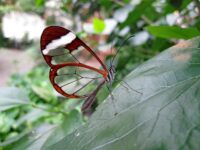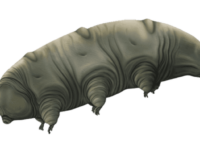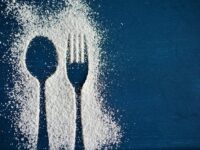As fall descends on the Northern Hemisphere, bears and chipmunks begin to hoard food and build fat stores in preparation for winter. Hibernation occurs in hundreds of known species, including mammals, reptiles, amphibians, and even one species of bird — the common poorwill. While animals hibernate, their metabolism slows dramatically: they become hypothermic, their heart rate drops to as low as 1 percent of the original, and some animals do not eat or drink for months. We are still uncovering the details of hibernation, and current research on this fascinating process may soon have medical benefits.
Hibernation is commonly thought of as a winter necessity, but it can be more accurately described as a resource-preserving mechanism. Animals hibernate when they lack sufficient resources to maintain normal metabolism. These environmental circumstances can occur under severe weather conditions or when predators restrict access to food and water. For example, the Malagasy lemur of the tropics hibernates during the region’s dry season. The low-metabolism state is not sleep, but a more extreme state called torpor.
Hibernation is commonly thought of as a winter necessity, but it can be more accurately described as a resource-preserving mechanism.
How do hibernators manage to survive with so little fuel and oxygen? These species need to avoid using more ATP (energy) than they can produce, so they cut down on high-energy cellular processes such as transcription and translation. Epigenetic mechanisms, like DNA methylation, and cellular factors, like ribosome dissociation, globally repress these high-energy processes. Simultaneously, genes for hibernation-specific mechanisms, such as burning fat and protecting cells with antioxidants, are upregulated.
As gene regulation and editing technologies are being explored in medicine, the genetic basis of hibernation is promising for medical applications. But controlling gene regulation may not be necessary in order to reap the medical benefits of hibernation. In 2018, Changhong Ren et al. conducted an experiment on mice to determine whether depriving them of oxygen would create a hibernation-like state. The rodents’ oxygen consumption dropped by 80 percent, and their body temperature decreased by 8 degrees Celsius. Additionally, they suffered less neuron damage when blood flow to the brain decreased. This evidence suggests that hypoxia treatment for stroke patients may promote recovery. Other potential medical applications of hibernation findings include muscle loss, heart problems, and weight loss. If we develop hibernation-like treatment further, this mechanism that helps animals survive extreme conditions could save human lives.
Frontiers in Physiology (2020). DOI: 10.3389/fphys.2020.00436
Aging and Disease (2018). DOI: 10.14336/AD.2018.0702
The International Journal of Developmental Biology (2009). DOI: 10.1387/ijdb.082643pm






